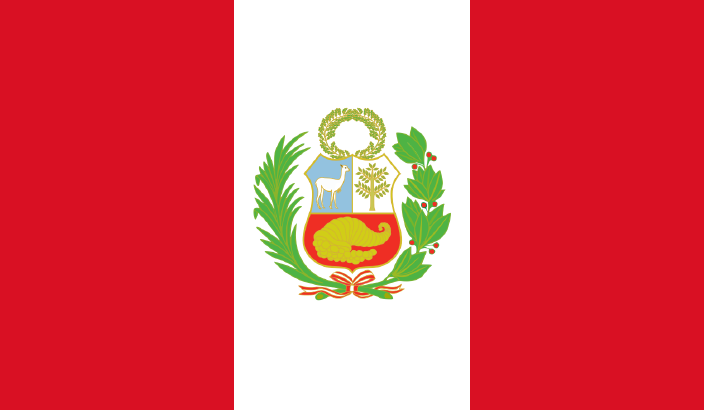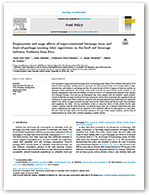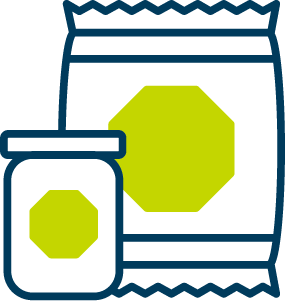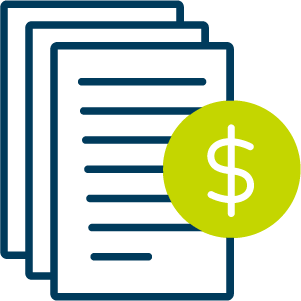A new study published this month in the journal Food Policy finds that Peru’s food and beverage industry experienced no significant job or wage losses after the country began taxing sugary drinks and putting warning labels on the front of unhealthy food and beverage packages prior to the COVID-19 pandemic.

The Peruvian government implemented these two policies to help lower the country’s burden of diet-related diseases such as obesity, diabetes, and heart disease. In 2018, Peru increased its sweetened beverage tax for drinks containing six or more grams of sugar per 100 mL, and in 2019, the country began requiring front-of-package warning labels on foods and beverages high in sugar, saturated fats, or sodium or containing trans fats.
In opposition to taxes and front-of-package warning label policies now adopted throughout Latin America and the rest of the world, food and beverage industry representatives have argued that these regulations would cause substantial job loss and economic harm. This study adds to a growing body of evidence that they do not. Previous scientific studies that looked at economic impacts following implementation of sugary drink taxes in Mexico and the United States and front-of-package warning labels in Chile similarly found no negative impacts on employment and wages. This is the first study to examine the combined effect of a tax and a front-of-package labeling policy in one country.
“Food and beverage industry representatives have argued that these regulations would cause substantial job loss and economic harm. This study adds to a growing body of evidence that they do not.”
The authors explain that the lack of negative economic impact is likely due to a combination of industry adaptations (reformulating products to avoid regulation and/or reallocating their labor force and resources to focus on unregulated products) and consumer behaviors (e.g., consumers making substitutions to products produced by the same firms).
This research was funded by Bloomberg Philanthropies.
 Other recent research from Peru:
Other recent research from Peru:
Marketing techniques, health, and nutritional claims on processed foods and beverages before and after the implementation of mandatory front-of-package warning labels in Peru
Lorena Saavedra-Garcia, Ximena Taboada-Ramirez, Akram Hernández-Vásquez, and Francisco Diez-Canseco
Published in: Frontiers in Nutrition, November 2, 2022
This study describes changes in marketing strategies (including marketing techniques, health claims, and nutritional claims) that appeared on food and beverage packaging before and after the requirement of front-of-package warning labels in 2019.
The comings and goings of the design of the Healthy Eating Policy in Peru: a comparative analysis of its regulatory documents
Juan Alvarez-Cano, Victoria Cavero, Francisco Diez-Canseco
Published in: Revista Peruana de Medicina Experimental y Salud Pública, December 23, 2022
In Peru, Law No. 30021 passed in an attempt to reduce overweight and obesity in children and adolescents; however, the development of Peru’s Law No. 30021 was characterized by continuous modifications. This article aims to identify essential modifications in the documents prepared by the Government and Congress, particularly those regarding the regulation of food and non-alcoholic beverage advertising, advertising warnings, and technical parameters for critical nutrients. The changes identified in the different documents show the dynamism in the development of this policy, driven by the lack of timely scientific evidence, opposition of the food industry, and the lack of political consensus. (Full text in Spanish.)
Reformulation of top-selling processed and ultra-processed foods and beverages in the Peruvian food supply after front-of-package warning label policy
Lorena Saavedra-Garcia, Ximena Taboada-Ramirez, Akram Hernández-Vásquez, and Francisco Diez-Canseco
Published in: International Journal of Environmental Research and Public Health, December 27, 2022
This paper explores changes in the Peruvian food supply before and after implementation of the country’s front-of-package warning label law. The authors examined changes in sugar, sodium, saturated fat, and trans fat content as well as the percentage of products in that would carry a front-of-package warning label before and after the labels were required. Among beverages, they found significant decreases in median sugar content accompanied by an increase in the use of non-nutritive sweeteners. Given this reformulation, the percentage of beverages that would be required to carry a warning label dropped from 59% before the law to 31% after. The percentage of foods that would carry a warning label also declined from 82% to 62%, primarily due to reductions in saturated fat and trans fat content among those products.
Read the full paper in Food Policy:
AUTHORS
Juan-José Díaz
Alan Sánchez
Francisco Diez-Canseco
J. Jaime Miranda
Barry Popkin
RESOURCES
Learn more about front-of-package labels around the world and the evidence for these policies.
Learn more about sugary drink taxes around the world and evidence for these policies.


